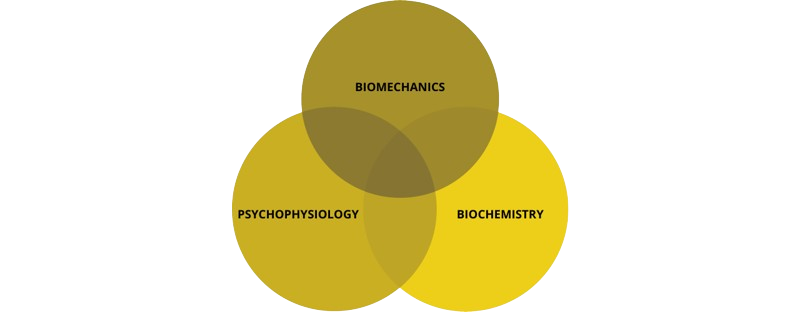Unlocking the Secrets of Physiology: The Foundation of Breathwork Mastery

As you embark on your journey into the realm of breathwork, it's essential to recognize that this practice is intimately intertwined with the intricate science of human physiology. A deeper understanding of physiology, specifically in the realms of biomechanics, biochemistry, and psychophysiology, will empower you to harness the transformative potential of the breath. Here's what you need to know:
1. BIOMECHANICS: THE ART OF BREATHING
Breathwork is, at its core, an exploration of the mechanics of respiration. To master it, you must grasp the biomechanics of breathing:
- Diaphragmatic Mastery: The diaphragm is the primary muscle responsible for breathing. Learn how it contracts during inhalation, creating a vacuum that draws air into your lungs, and how it relaxes during exhalation.
- Accessory Muscles: Understand the roles of accessory muscles like the intercostals and scalenes in supporting breathing when needed, such as during intense physical activity.
- Breathing Techinques: Discover how breathing patterns synchronize with movements, meditation, and relaxation techniques, enhancing their effectiveness.
- Lung Function: Delve into the mechanics of the lungs, from the bronchial tree to the alveoli, and comprehend how these structures facilitate gas exchange.
2. BIOCHEMISTRY: THE ALCHEMY OF BREATH
The breath is more than just air; it's a dynamic chemical exchange. Dive into the biochemistry of breath:
- Oxygen Transport: Learn how oxygen enters the bloodstream, binds to hemoglobin, and fuels your cells' metabolic processes.
- Carbon Dioxide Exchange: Explore the removal of carbon dioxide, a metabolic byproduct, from the body through exhalation and its role in pH regulation.
- Nitric Oxide: Understand how the production of nitric oxide in the nasal passages affects blood flow and airway tone, influencing breath and overall health.
3. PSYCHOPHYSIOLOGY: THE MIND-BODY CONNECTION
Breathwork is a bridge between the physical and mental realms, making psychophysiology a vital component:
- Stress Response: Explore the autonomic nervous system's role in stress response and how breathwork can shift the balance toward relaxation (parasympathetic activation).
- Emotional Release: Recognize the connection between breath and emotions, and how breathwork practices can facilitate emotional release and promote psychological well-being.
- Mindfulness and Meditation: Understand how mindful breathing techniques can anchor you in the present moment, reduce racing thoughts, and enhance clarity of mind.
- Cognitive Enhancement: Learn how controlled breathing patterns can increase blood flow to the brain, potentially improving cognitive function and focus.
In your journey as a student of breathwork, these three pillars—biomechanics, biochemistry, and psychophysiology—will serve as your compass. They will guide your exploration, deepen your practice, and enable you to share the profound benefits of breathwork with others. Embrace this fusion of science and art, and let it propel you toward mastery in the world of breath and consciousness.
